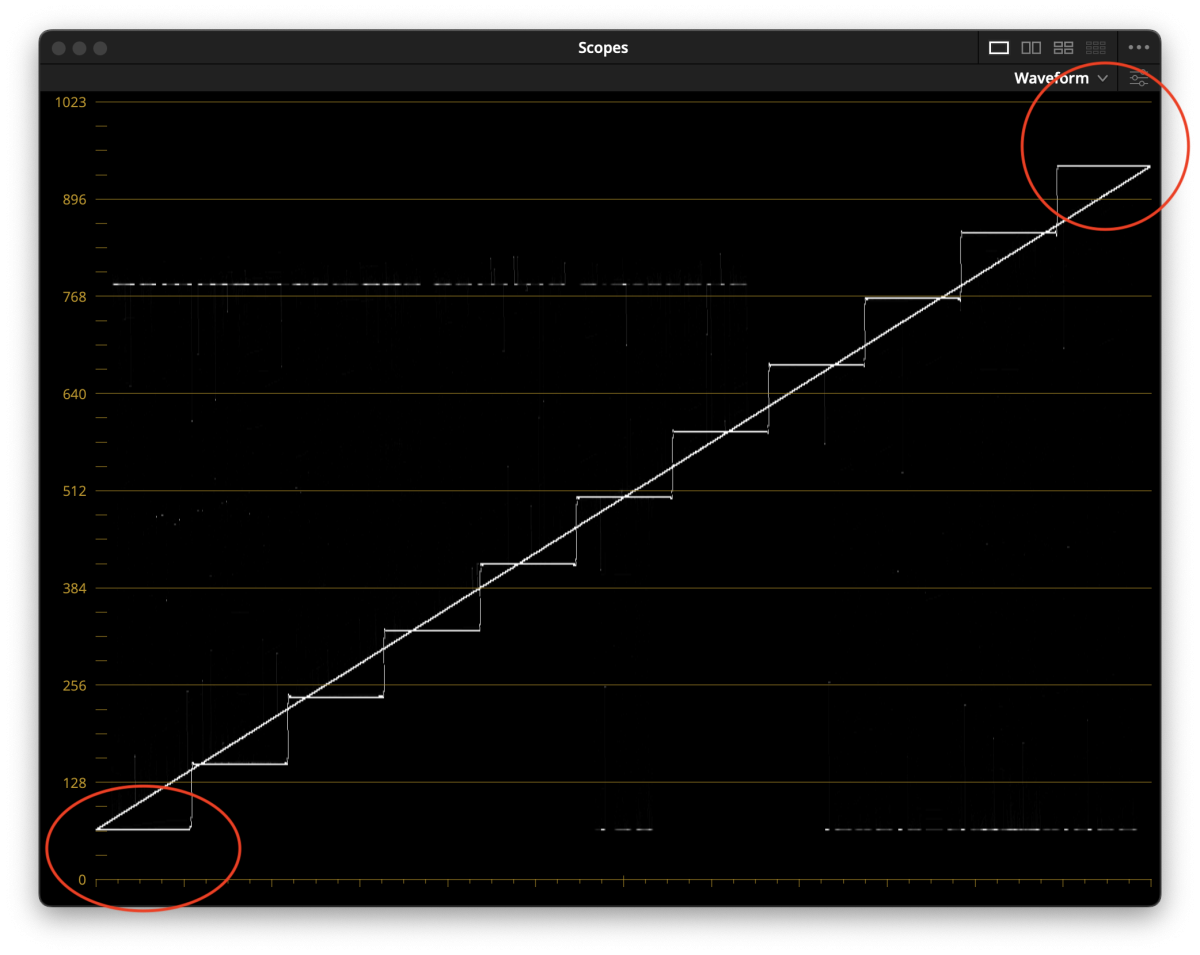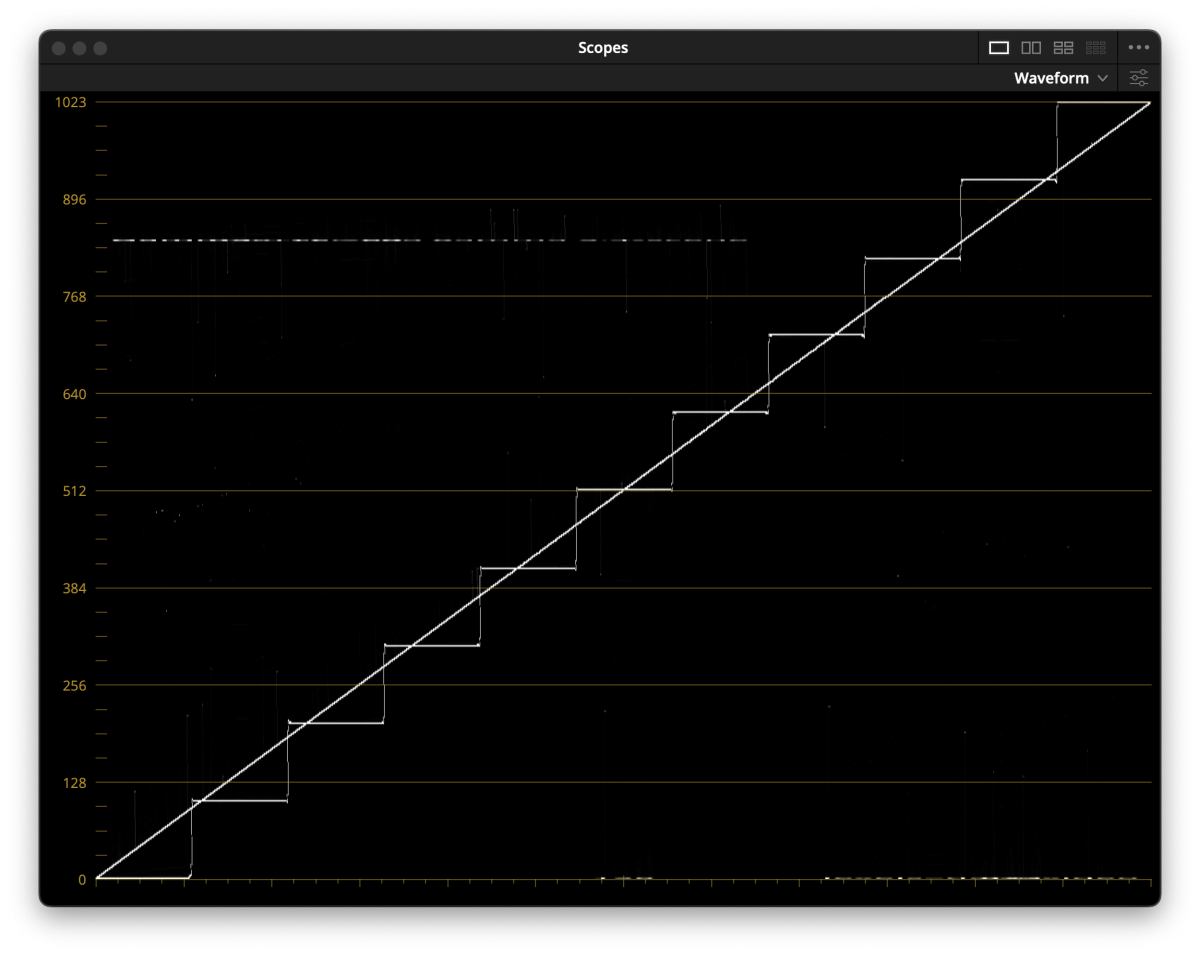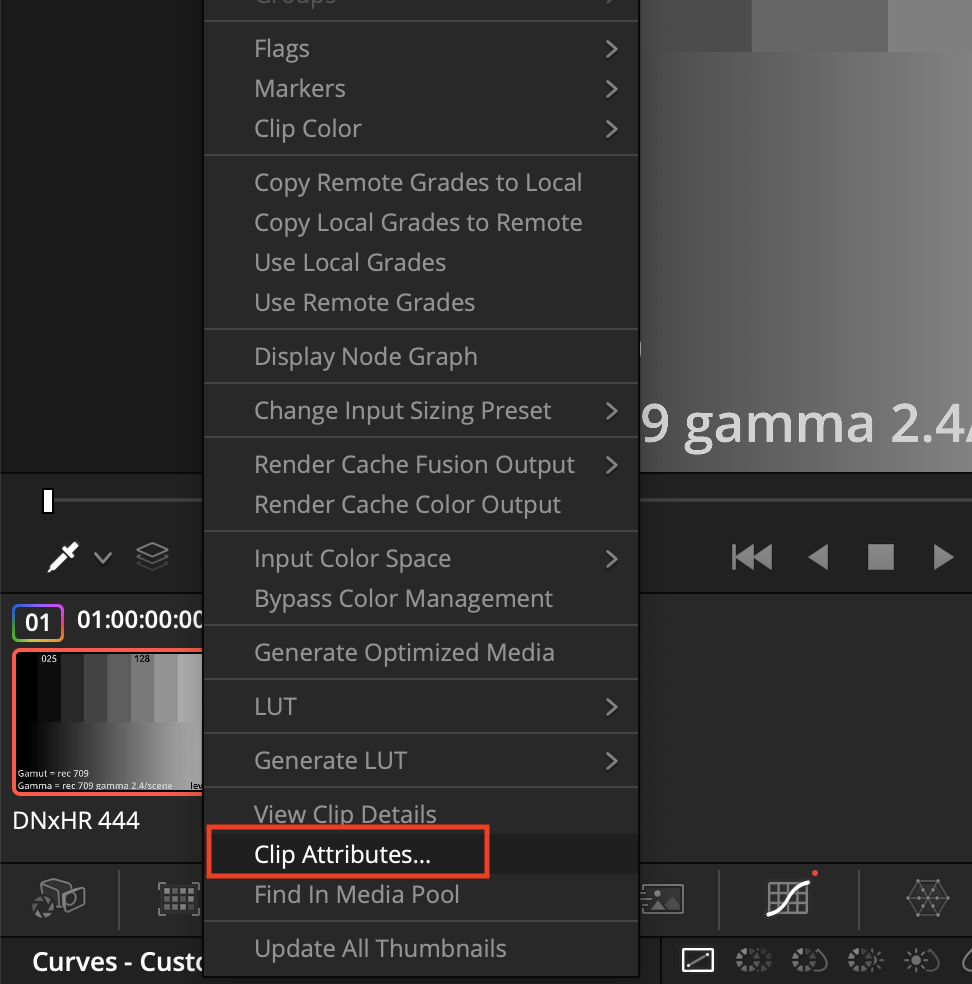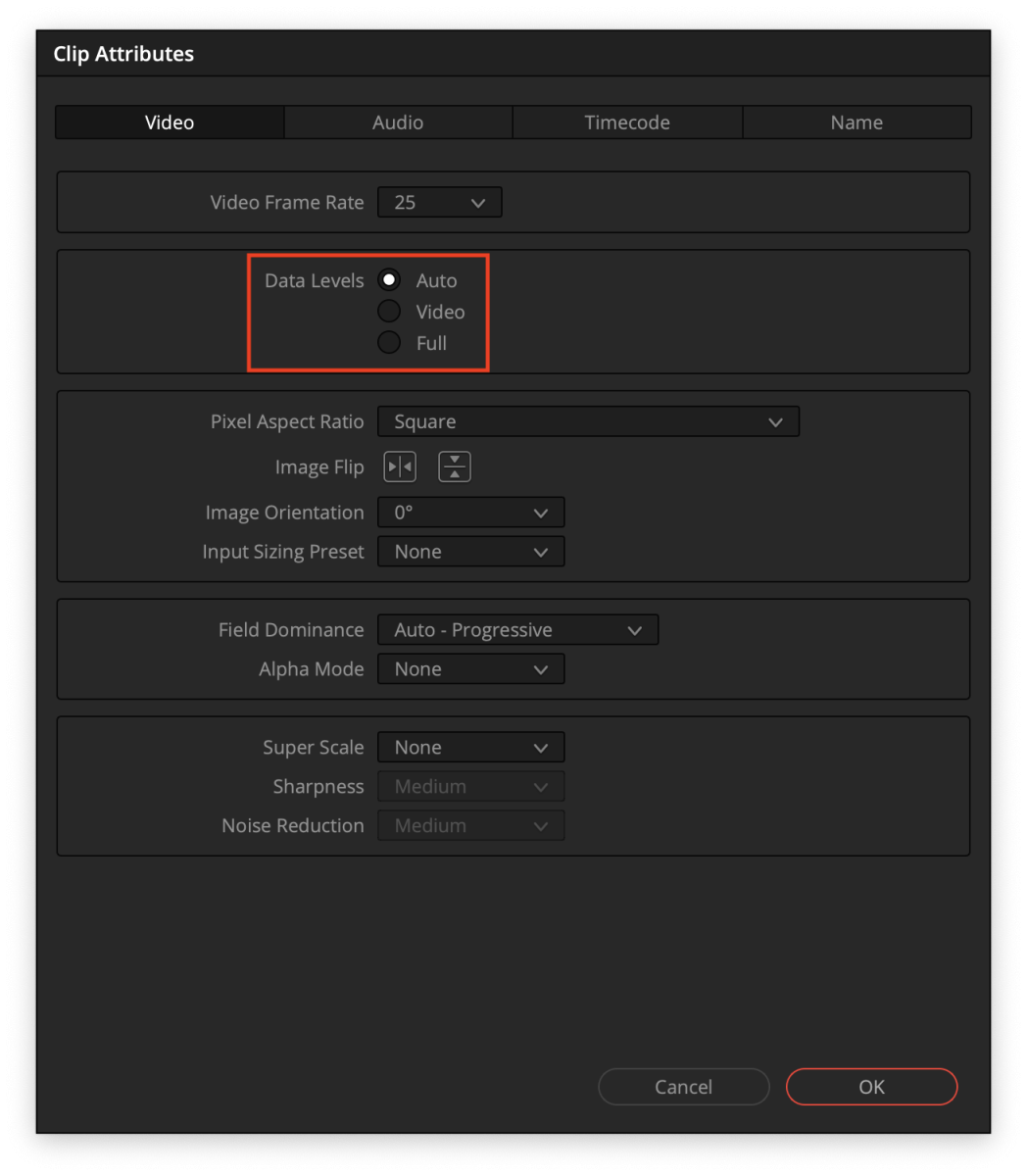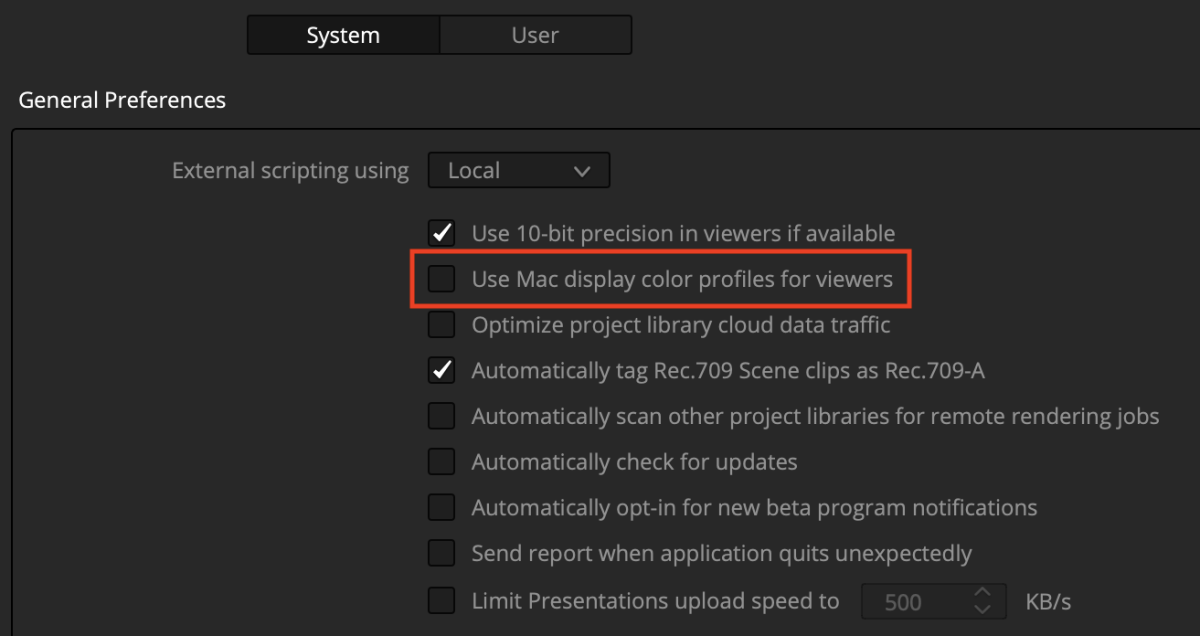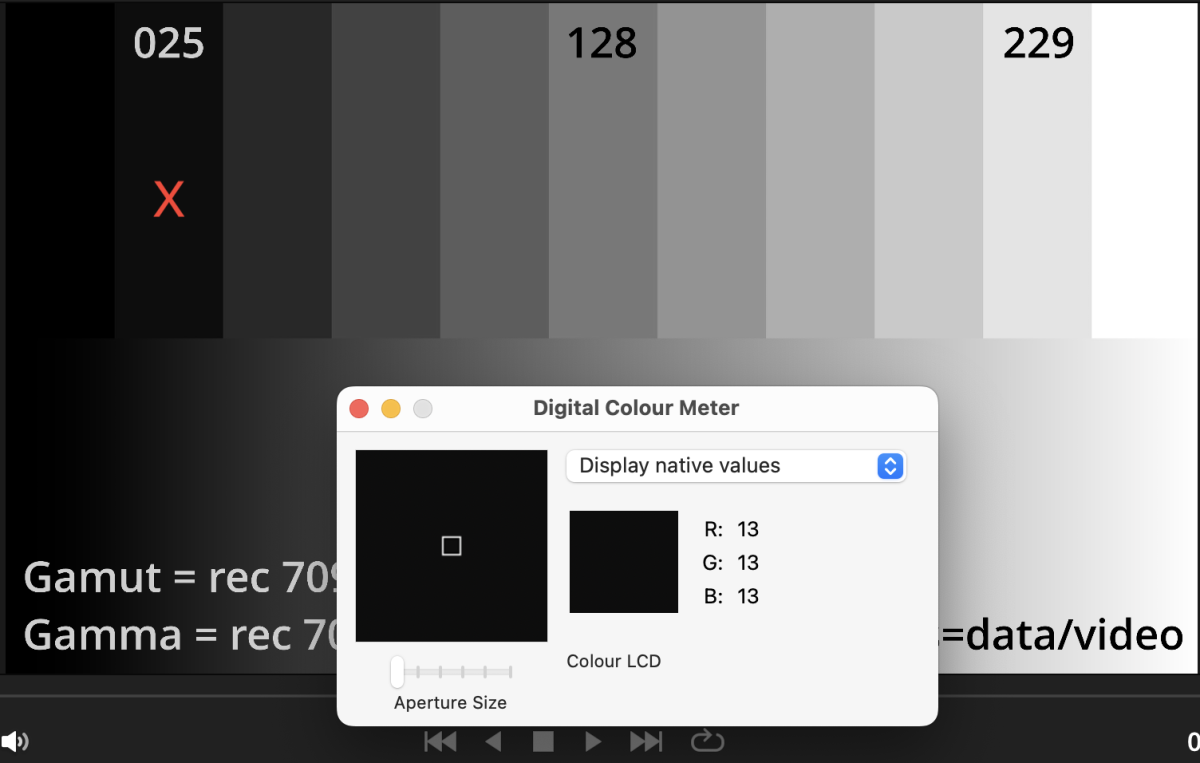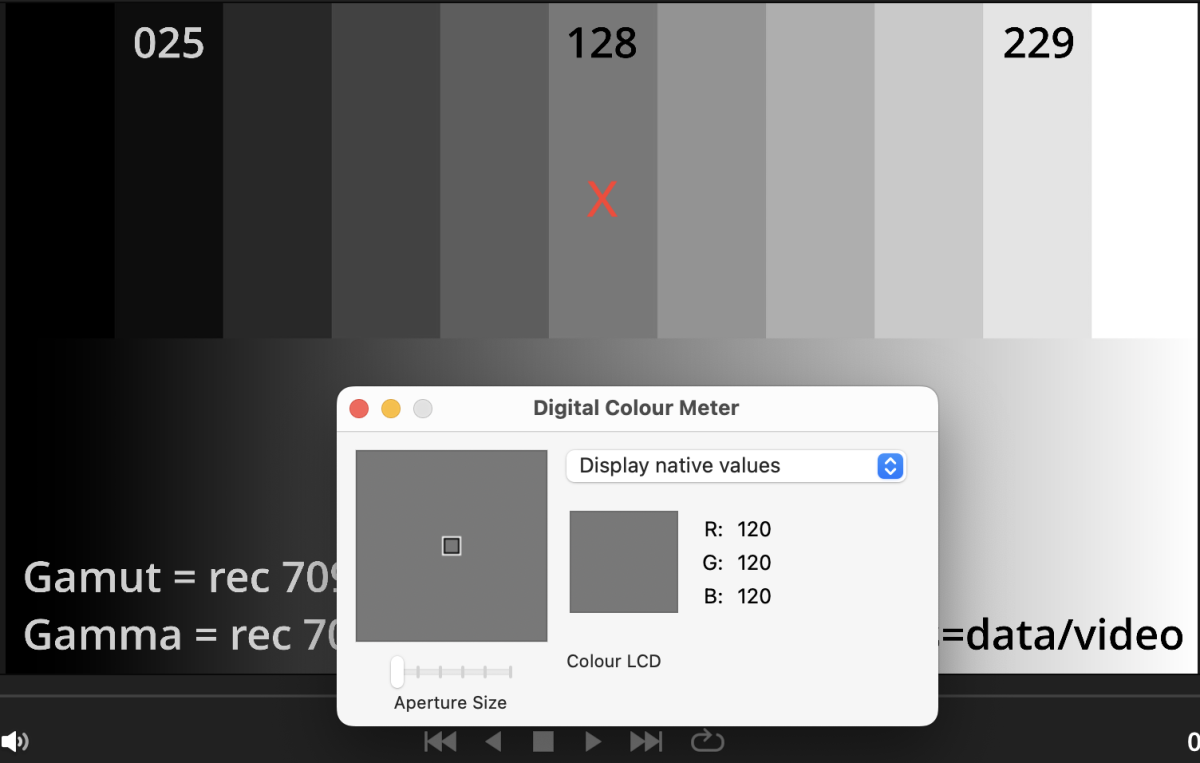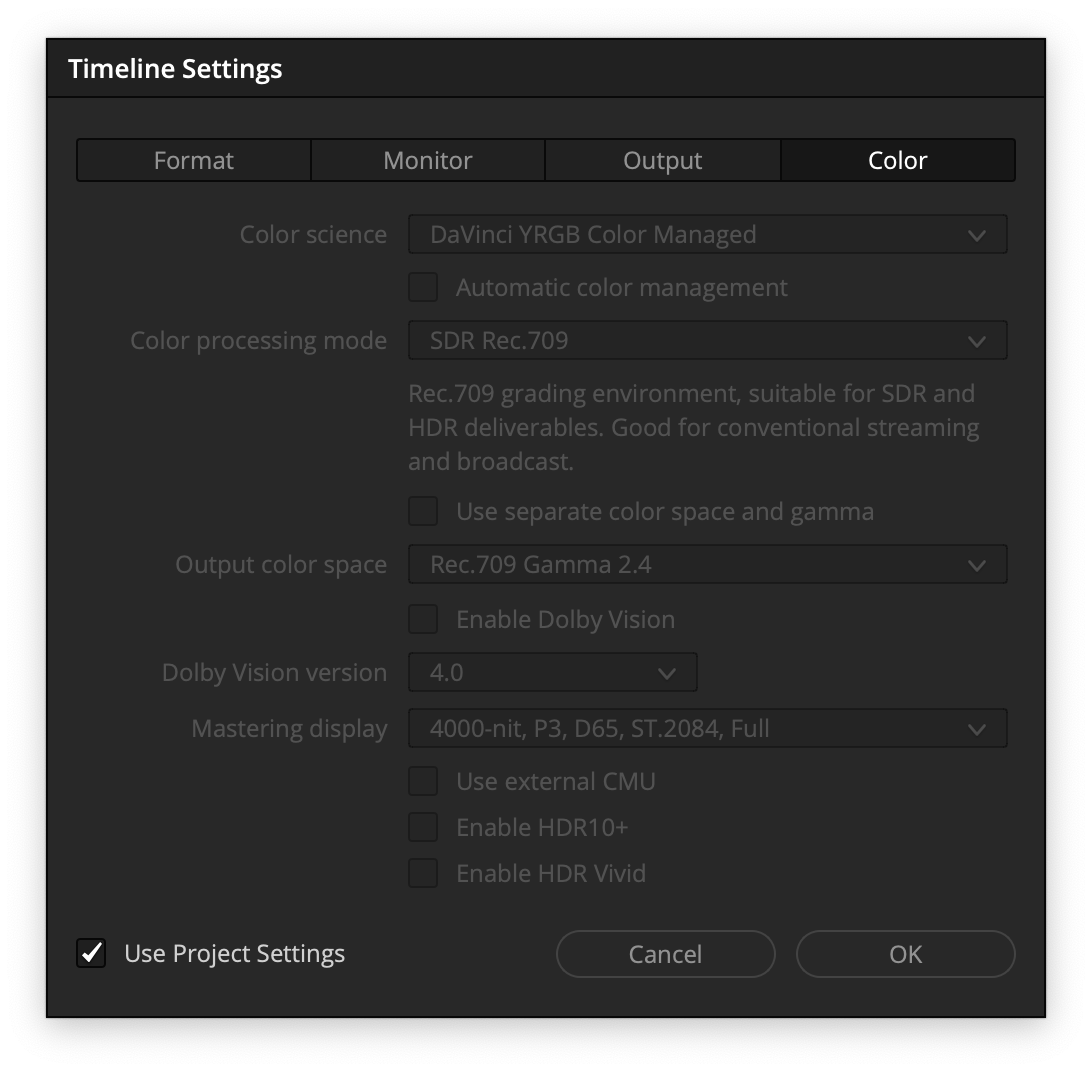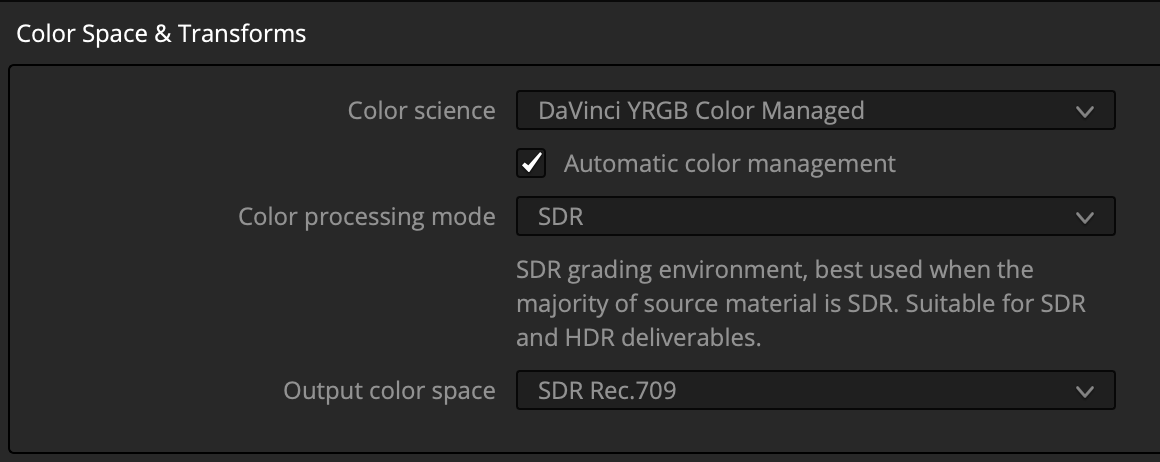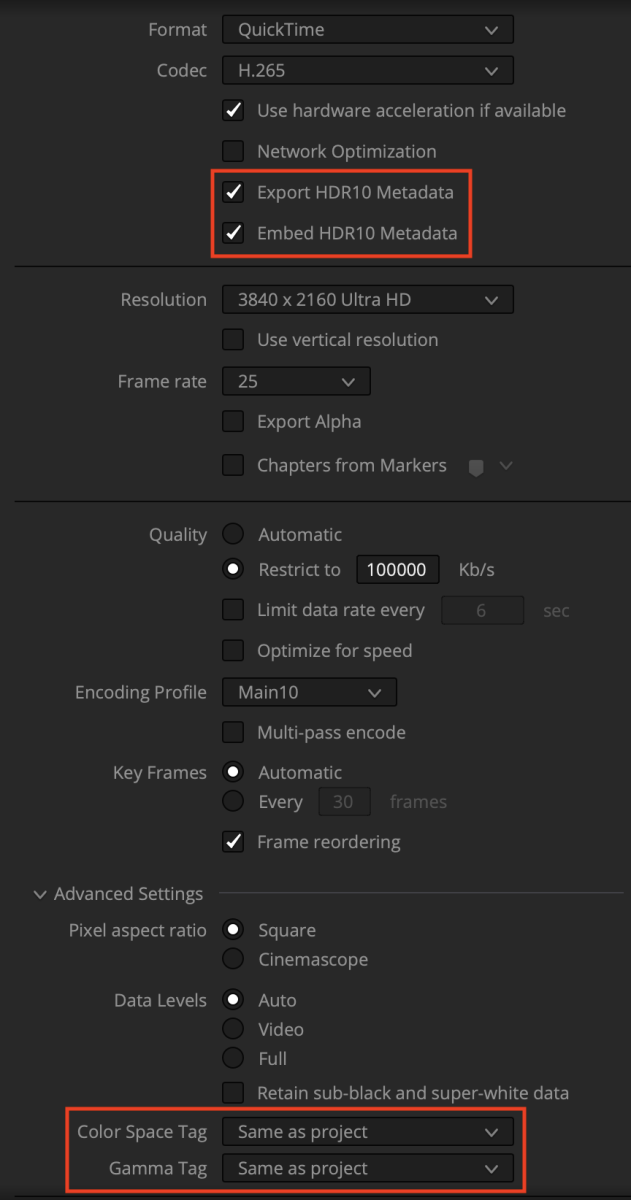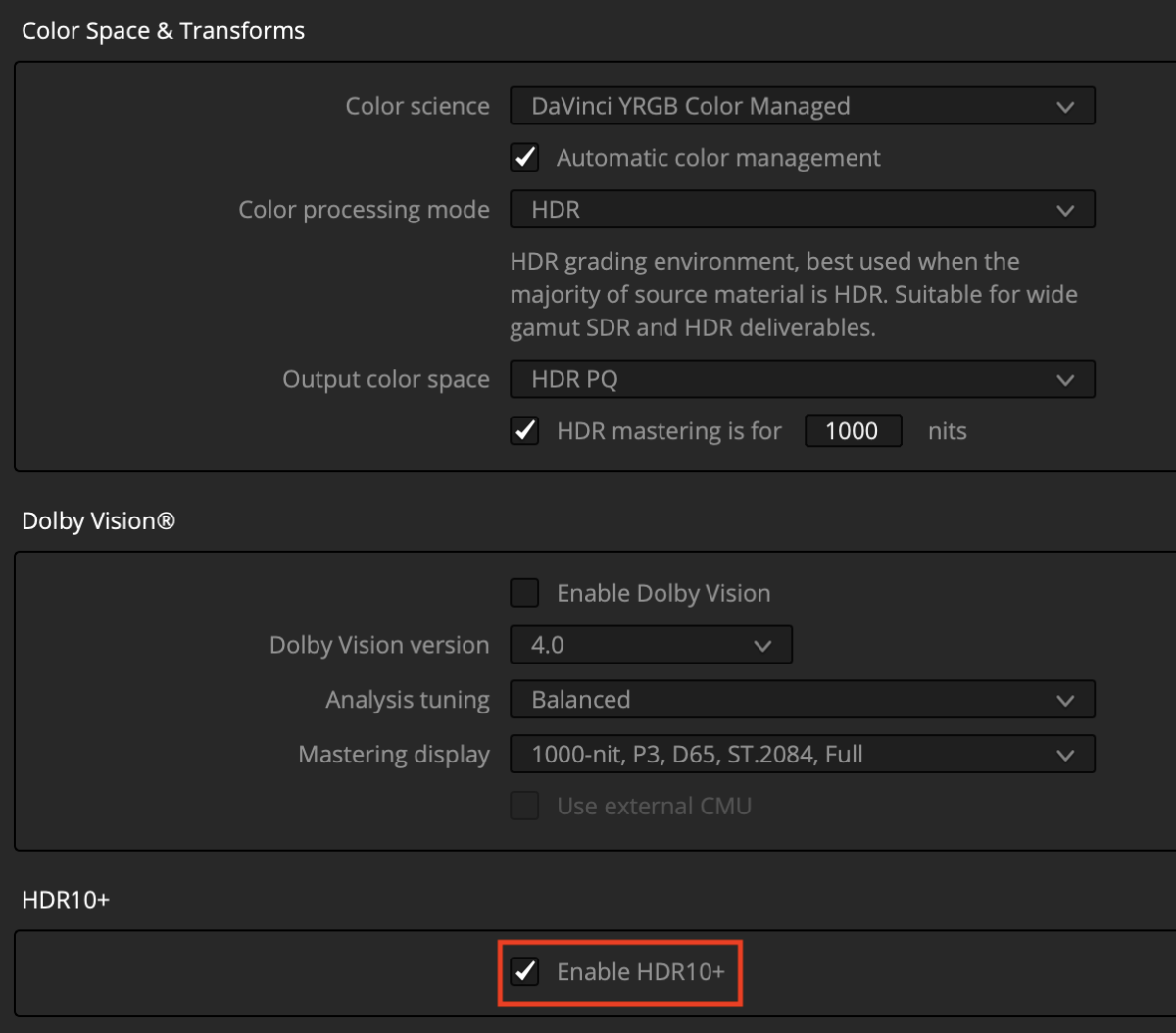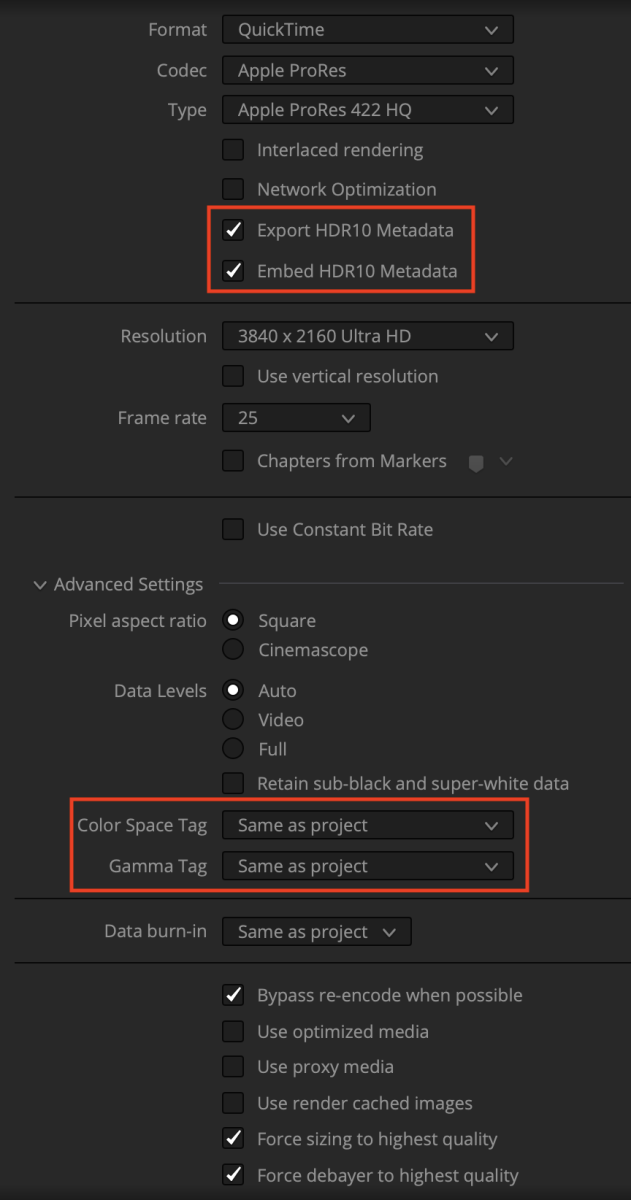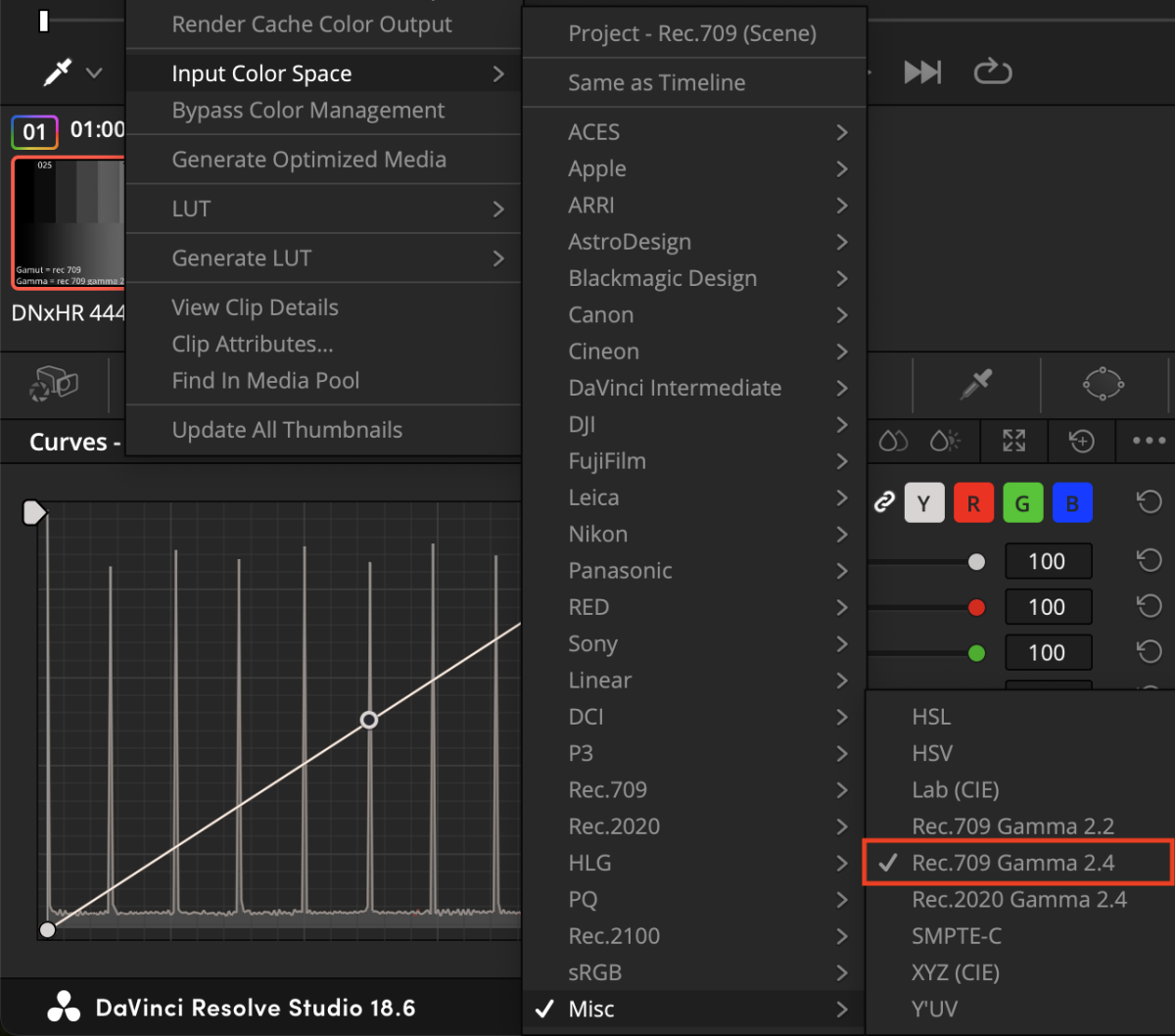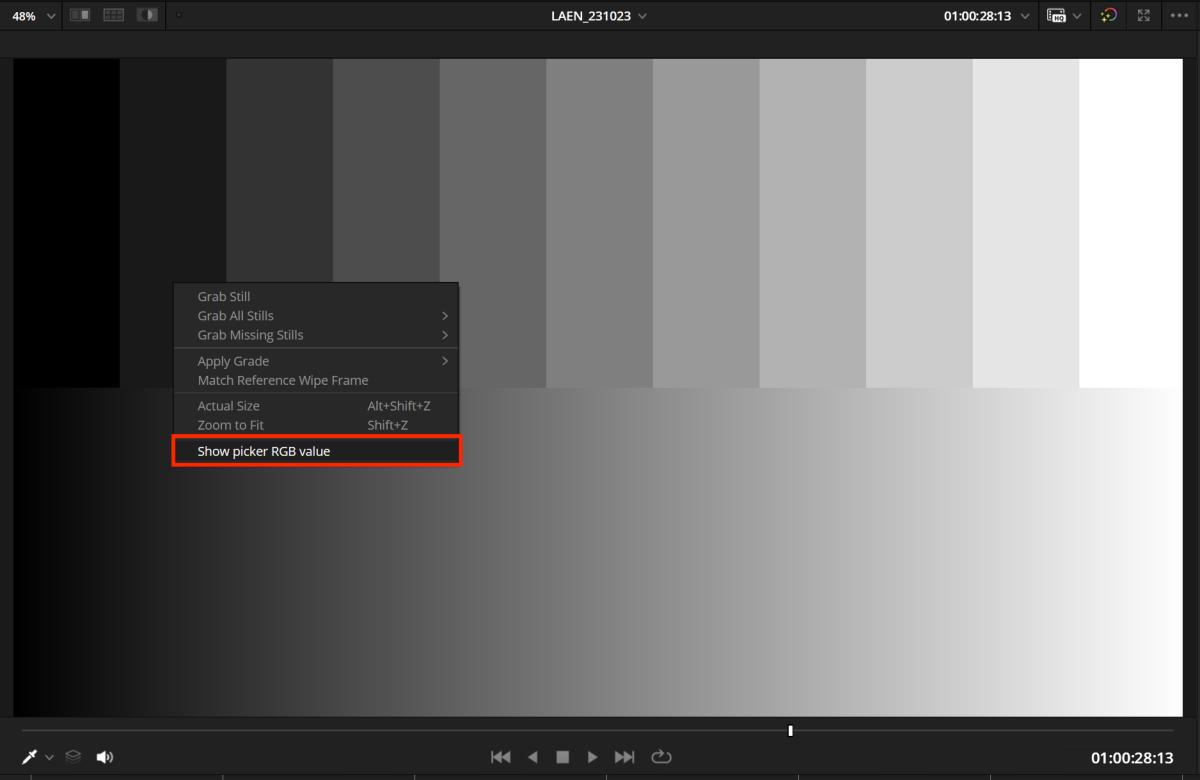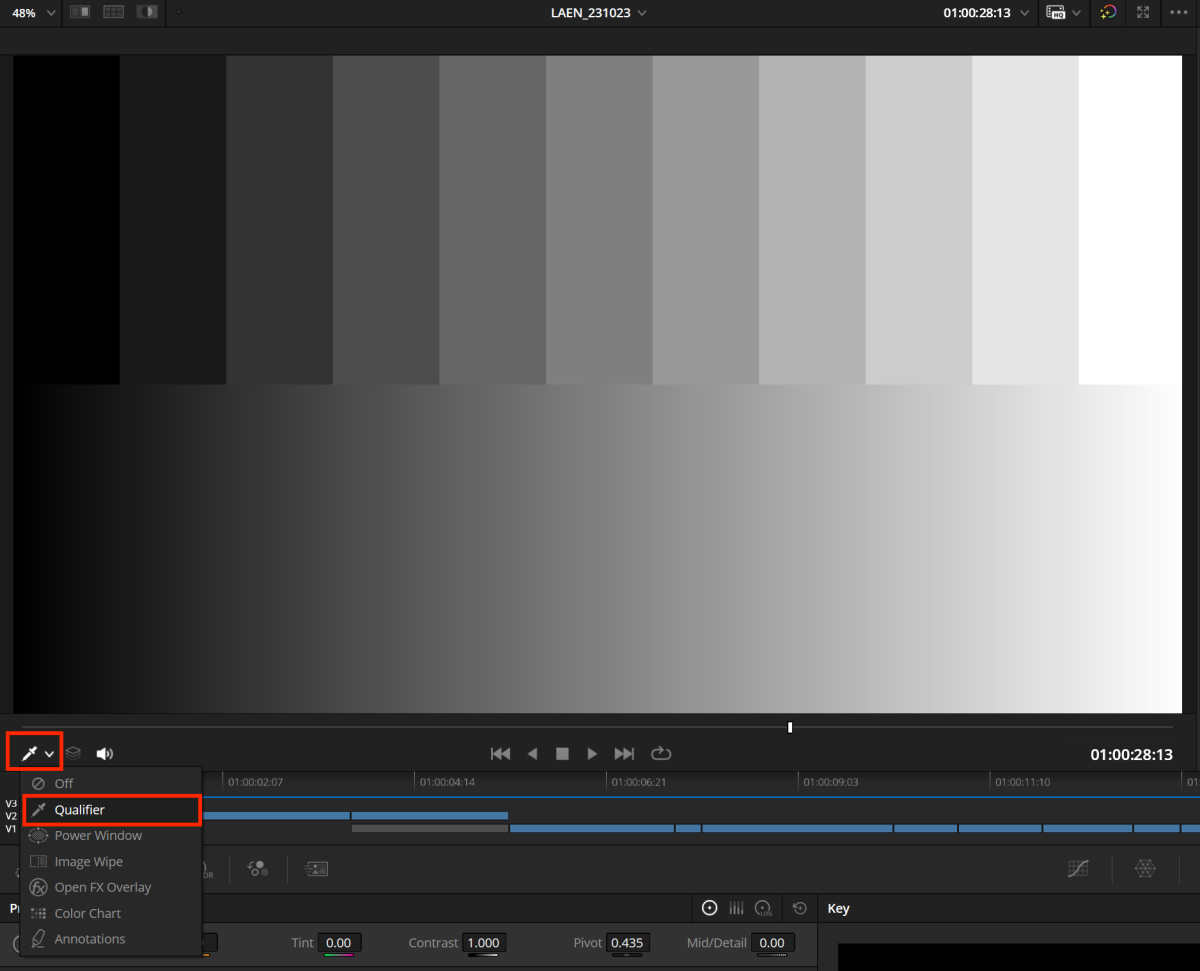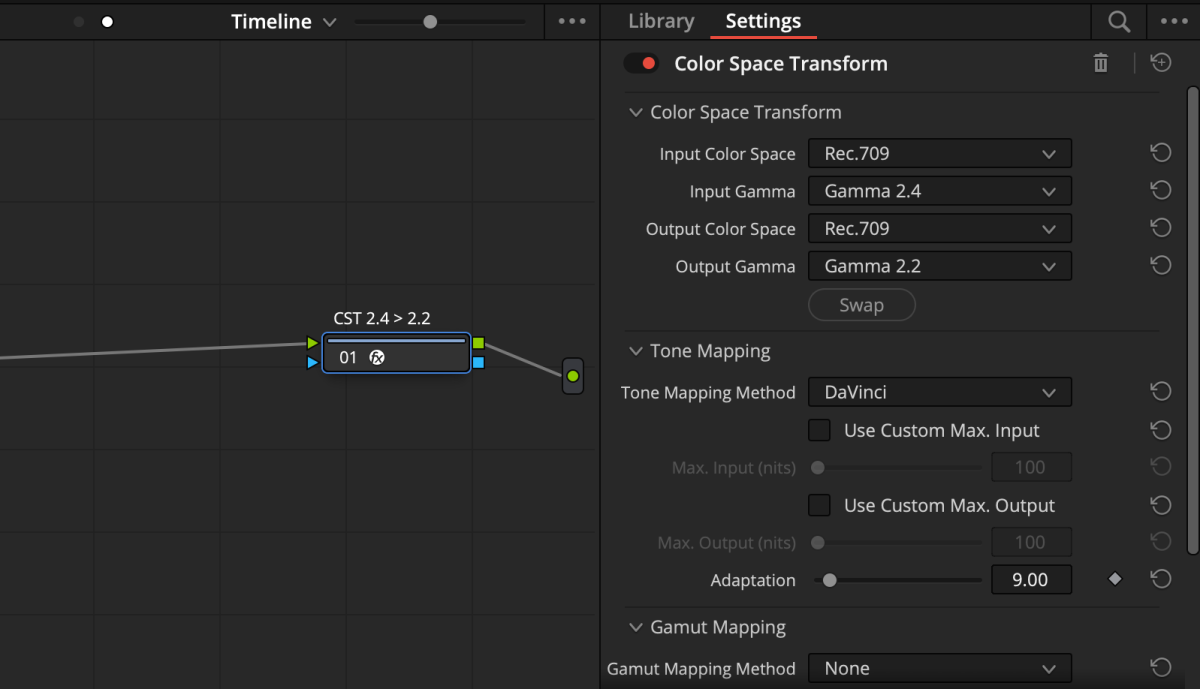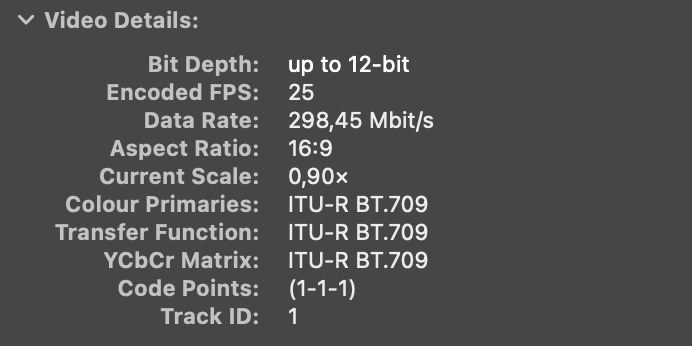How to import export graded footage correctly, deliver for Web & TV.
Updated 24.03.13 - HDR
The Issue
Apple utilizes ColorSync color management to convert colors to display formats intelligently. While this works in theory, in practice, especially on Mac, it has been problematic, resulting in errors and an inaccurate representation of video gamma. On iOS, however, it functions correctly. This inconsistency can be attributed to Apple’s gamma “enhancement” approach and the tagging system that ColorSync relies on for color management. To avoid the mind boggeling experiences I’ve had, I’ll share a solution to achieve the most consistent file playback across various devices (Apple, Windows, Android, TV).
The aim here is to ensure the footage looks visually accurate on as many devices as possible.
Note: When following the workflow an RGB picker readout error of >1 is acceptable.
1. First steps / Scopes
The initial error often arises from incorrect data levels. Software like Adobe Premiere Pro/After Effects and DaVinci Resolve may expect different data levels than those provided by the colorist. A mistake at this stage can spoil the faithfulness of the footage to the original grading. Luckily, DaVinci allows for the adjustment of a file’s data levels.
Adobe software expects full data levels = 0-1023
DaVinci Resolve expects video data levels = 64-940
Fix
To avoid data level errors, I include a chart file matching the export’s data levels. If this chart displays correctly on the scopes, the rest of the footage will too. Scopes should show a straight line from 0-255 on an 8-bit scale and from 0-1023 on a 10-bit scale. A deviation from this indicates incorrect data levels.
Take note of the wrong data levels. The lines are not hitting 0 or 255. You should not have to change the levels manually, but when you do. Use the following steps.
- Right-click the clip and select ‘Clip Attributes…’
- Adjust ‘Data levels’ as required.
3. Color managment.
Begin by setting up color management in the timeline settings, ensuring that your timeline uses the same project settings. Make sure “Use Project Settings” is ticked.
Alternative – The easy way
While not reccommended you can also opt for non-color managed workflow. The graded files will be the same however any additional graphics might look different. When doing so use the following project settings and skip to step 5.
You might also wonder why set the timeline color space to Rec.709-A when it’s actually Rec.709 Gamma 2.4. That’s because we want DaVinci to set correct tags (1-1-1) while exporting the files. That’s done by default on color-managed one.
Note: For proper HDR workflow you have to stick with color managed workflow.
3.1 - HDR Content Workflow
Timeline and Export Settings
Take note of all the settings included ones in red boxes as these are necessary to also tick, but can be at times easy to miss.
4. Checking tags.
After importing, the color management should recognize graded clips as “Rec 709 gamma 2.4”. If it doesn’t, tag them manually. You can verify that everything is correct by right-clicking on a viewer window and selecting “Show picker RGB value” You should see the values stated on the patches. 25-128-229
5. The fix
Every step in the process is crucial to signal how the media should be handled.
- For web delivery, apply a Color Space Transform (CST) at the timeline level for the necessary timelines, converting gamma 2.4 to 2.2. This ensures compatibility with various devices.
2. For broadcast delivery, keep the settings unchanged for proper TV playback. The files will playback as intended by default.
When checking the final file please use VLC or Screen player in Custom Rec 709, sRGB mode. Do not use QuickTime to review the files!
Check the tags in QuickTime inspector (⌘+i) the tags should be 1-1-1
As a bonus I’ll also include a link to charts files, that I’m sending with my projects.
6. Uploading
This approach acknowledges the differences in playback on various platforms and aims for the best visual consistency rather than identical technical output. Uploading the original gamma 2.4 (1-2-1) file without conversion will result in accurate playback only on TV, Windows and iOS/iPadOS devices. Link to my mindmap file with test data is also included here.
Bonus test:
Let’s calculate the readings score to verify overall file playback accuracy. This is not scientific but makes sense in my head.
Original values are 25+128+229 = 382Worst-case scenario players:
2.4 (1-2-1) original file on the web. Values ranged from:
Mac (27-138-233) = 398Android (42-140-232) = 414
2.4 (1-1-1) converted file on web. Values ranged from:
Mac (21-130-231) = 382Android (37-132-230) = 399
7. Summary
To import and deliver graded footage correctly for the web, follow these necessary steps:
Check the data levels: Different software may expect different data levels for graded footage. Verify whether the software you are using requires full data levels (0-1023) or video data levels (64-940). This is crucial to ensure an accurate representation of the graded footage.
Adjust data levels if necessary: If the graded footage is imported with the wrong data levels, it will affect the accurate representation of the footage. In DaVinci Resolve, right-click on the clip, select “Clip Attributes,” and adjust the data levels accordingly.
Disable “Use Mac Display Color” in DaVinci Resolve: Disabling this option will ensure faithful colors in the software, as the displayed image may look darker than expected otherwise.
Set up color management: In DaVinci Resolve, go to project settings and set up color management. Make sure your timeline uses project settings as well.
Check tags: After importing the footage and setting up color management, the software should automatically detect the graded clips as rec 709 gamma 2.4. If not, manually tag them.
Exporting for Delivery:
– For the web: Apply a Color Space Transform at the timeline level to convert gamma 2.4 to gamma 2.2 to accommodate different devices.
– For broadcast: Leave settings unchanged for TV playback.
– Use VLC or Screen player in Custom Rec 709, sRGB mode for file review, not QuickTime. The QuickTime inspector should show tags as 1-1-1.
The final render: There will be slight variations in appearance across devices. When preparing footage for the web, apply a Color Space Transform from gamma 2.4 to 2.2 on the relevant clips to ensure broader compatibility across various devices. For television broadcasts, the original gamma 2.4 should be maintained. This approach acknowledges the differences in playback on various platforms and aims for the best visual consistency rather than identical technical output. The original gamma 2.4 file without conversion will look correct only on Windows and iOS/iPadOS devices. Also, keep in mind that your calibrated display also has to have gamma 2.4 to view the signal correctly.



